Yellowstone is truly a wonder, and not just for its vast 2.2 million acres of landscapes. Did you know it's home to 67 different mammals?
From the iconic bison to the elusive cougar, each has its own tale to tell. These creatures, both large and small, play a pivotal role in the park's ecosystem.
They shape the environment, influence other species, and create a dynamic balance.
As we venture further, you'll see how every mammal contributes to Yellowstone's vibrant tapestry regardless of size. Nature's intricacy and interconnectedness shine brightly here.
The Mammalian Inhabitants of Yellowstone
Let's delve into some of the park's most famous or abundant mammal residents:
1. Bison
Yellowstone is truly the last bastion for bison in the U.S., preserving the most significant herd in the country.
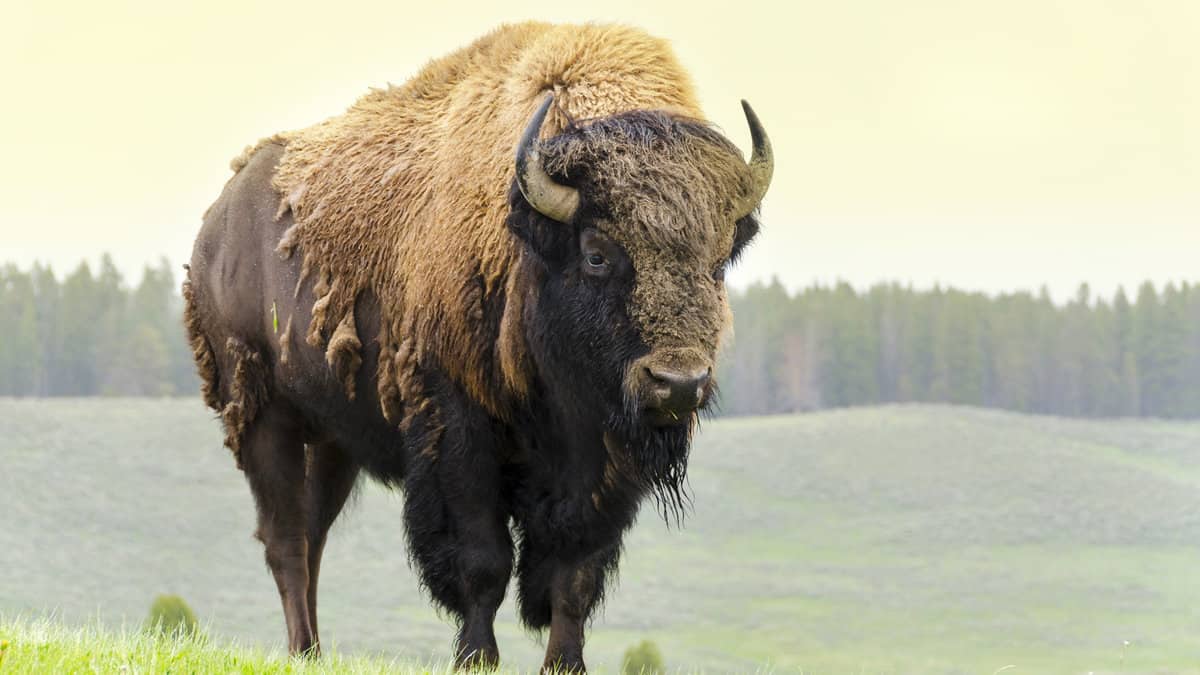
These iconic animals, weighing up to 2,000 pounds for males and around 1,000 pounds for females, have made their home here continuously since prehistoric times, a testament to the park's untouched wilderness.
However, managing bison isn't without challenges; some carry the livestock disease brucellosis, leading to complex conservation debates.
As of summer 2022, Yellowstone boasted around 5,900 bison, split between the northern and central herds.
If you're keen on spotting them, the Hayden and Lamar valleys are your best bets year-round but come winter, the hydrothermal areas and the Madison River become their favored spots.
2. Gray Wolves
Yellowstone's wolf population, with around 108 individuals as of January 2023, forms the heart of the larger wolf network in the Greater Yellowstone Ecosystem.
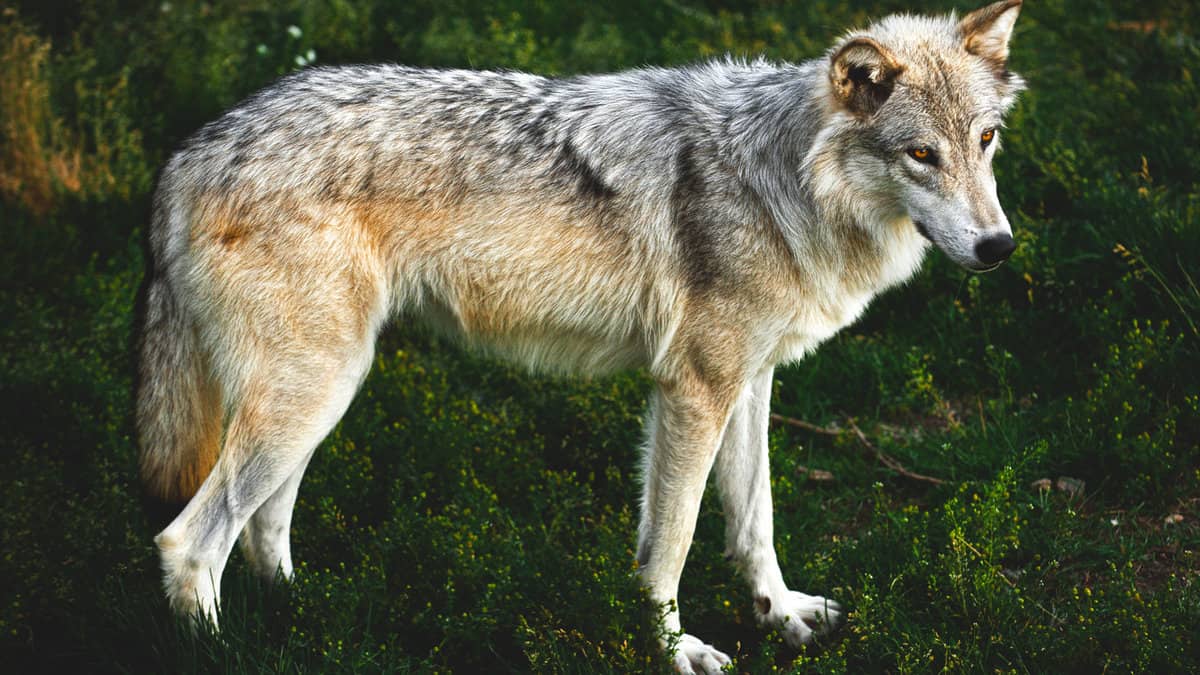
Majestic in stature, males average between 100-130 pounds, while females weigh a bit less, between 80-110 pounds. The park's northern range offers one of the world's best wolf-watching experiences, especially during dawn and dusk.
These predators primarily feast on hoofed animals, with elk making up a whopping 90% of their winter diet. A fascinating tidbit: the leading cause of death for Yellowstone's wolves? Other wolves.
3. Grizzly Bears
Grizzly bears, with their formidable presence, are an integral part of Yellowstone's wildlife tapestry.
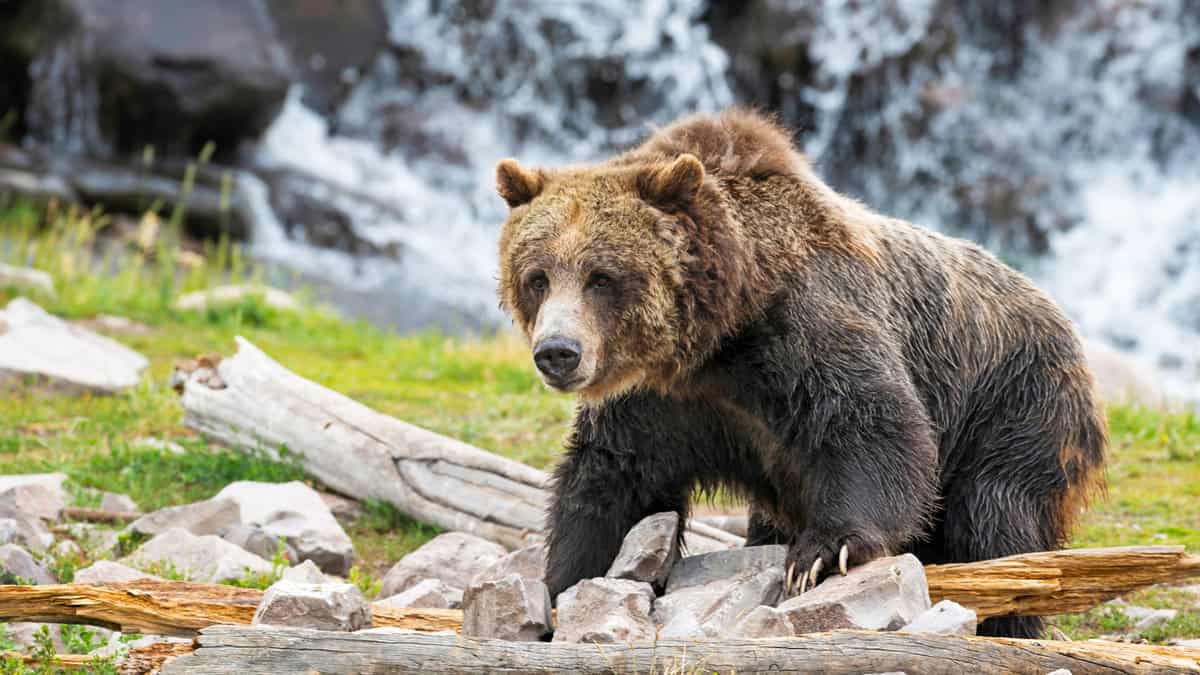
As of 2021, the greater Yellowstone area was home to 1,063 grizzlies. These bears are impressive in size, with males weighing between 200-700 pounds and females ranging from 200-400 pounds.
What is the best chance to catch a glimpse of these magnificent creatures? Try the Hayden and Lamar valleys during dawn or dusk.
A peculiar question often arises: are grizzlies attracted to menstrual odors? While there's no definitive answer, precautions like using unscented products and properly disposing waste are recommended.
4. Elk
Yellowstone's summer showcases a striking display with 10,000-20,000 elk across its expanses.
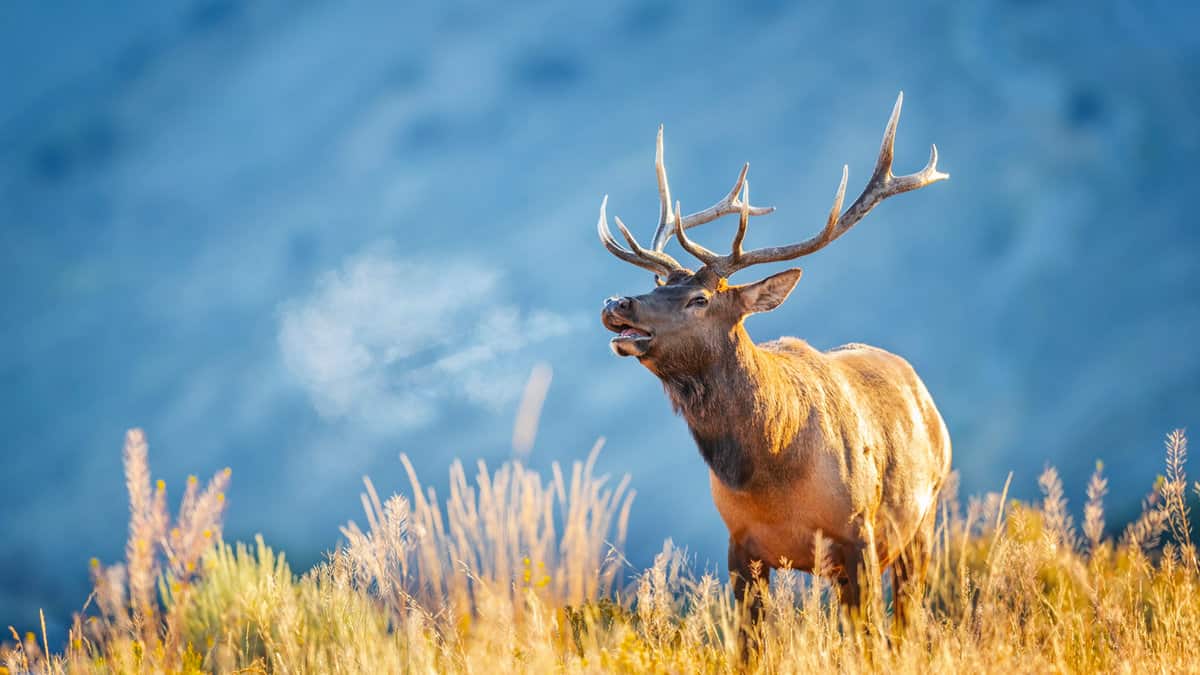
These stately animals are integral to the ecosystem, serving as prey for wolves and shaping the environment for other species. Bulls average 700 pounds, and cows about 500 pounds. Prime spots for elk viewing in summer are Cascade Meadows, Madison Canyon, and Lamar Valley.
Come autumn, the elk "rut" turns the northern range and Madison River into a natural amphitheater. Unlike deer, elk are larger, with bulls sporting massive antlers, which is a key feature that distinguishes them during your visit.
5. Coyotes
Last but certainly not least, the coyotes of Yellowstone embody adaptability.
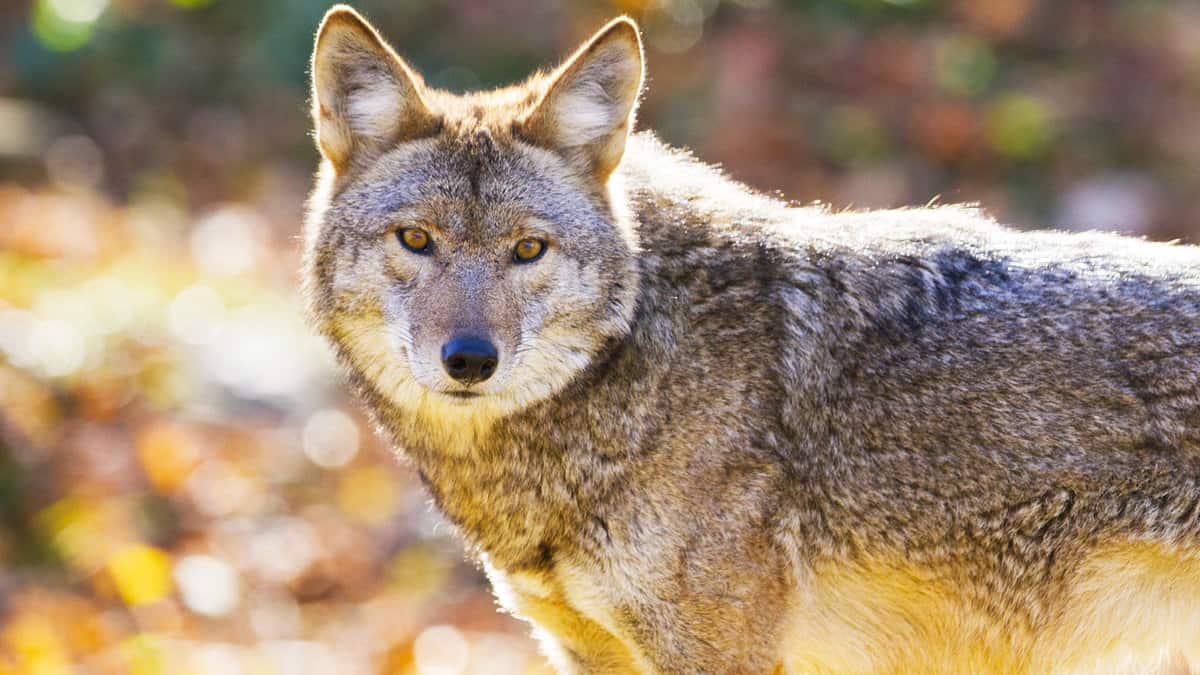
These intelligent creatures, weighing 25-35 pounds, are abundant in the park, making their presence felt across meadows, fields, and other grasslands. Their primary diet? Voles, mice, rabbits, and other small creatures.
Interestingly, while coyotes have always been a part of Yellowstone's landscape, the elimination of other predators, like wolves, in the past allowed their numbers to flourish.
Today, they continue to thrive, showcasing their resilience and adaptability in this diverse ecosystem.
6. Cougars
Did you know cougars, or mountain lions, are one of North America's largest cats?
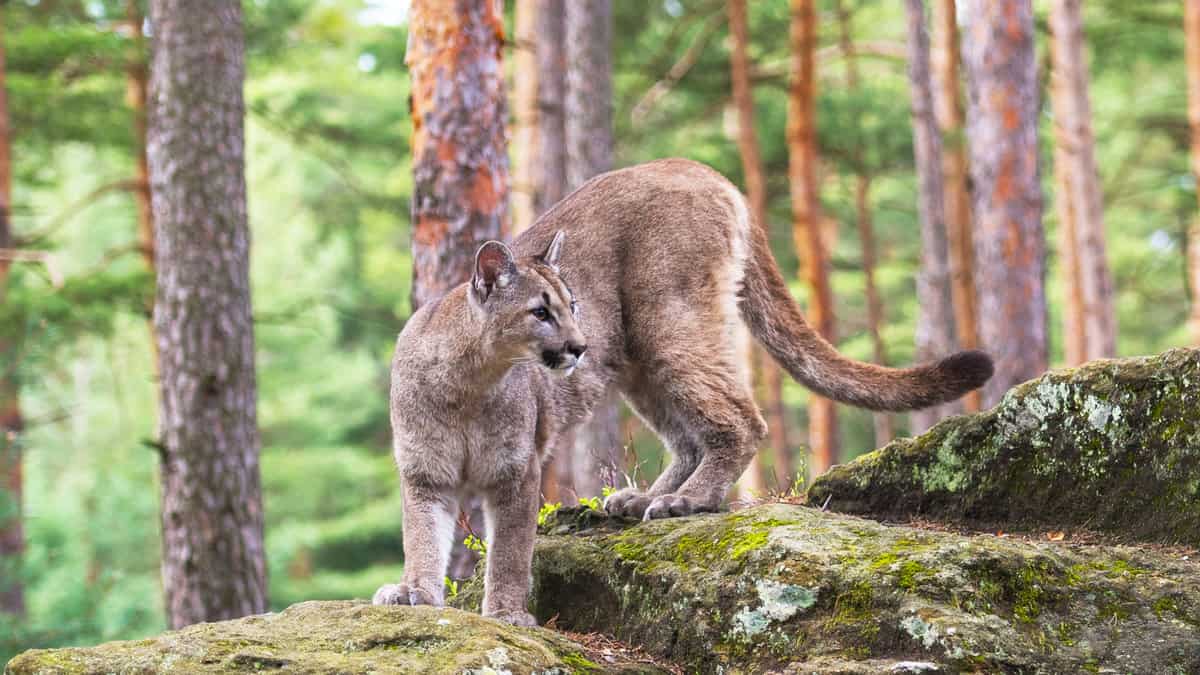
Their stealthy nature and preference for rugged terrains helped them survive the predator-removal campaigns of the early 1900s while their cousins, the wolves, were eradicated.
By the 1980s, these majestic cats returned triumphantly to Yellowstone, possibly trekking from central Idaho's wilderness.
Current estimates suggest 34–42 cougars are in the park, a testament to their resilience. But spotting one? That's a rare treat, given their elusive behavior.
7. Moose
Meet Yellowstone's moose, the smallest subspecies of the North American moose.
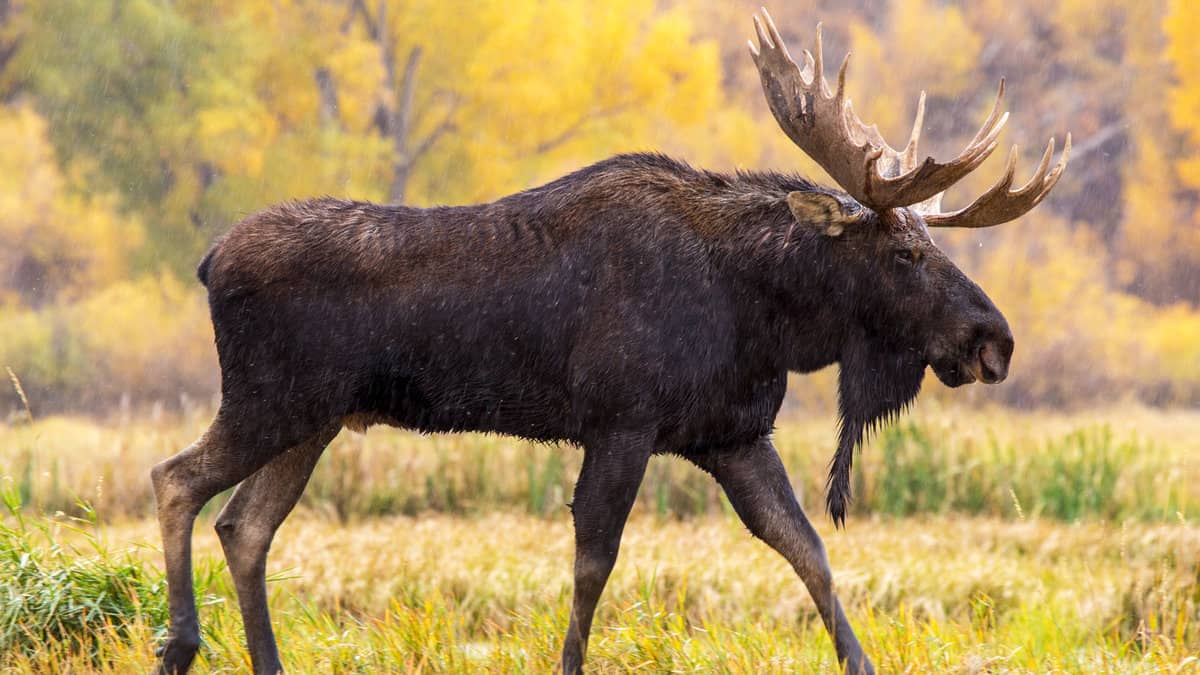
Although they may appear solitary, these creatures are vital to the ecosystem, especially adapted to survive in deep snow.
While their preference for forested areas and willow flats often keeps them concealed, the park is home to fewer than 200 magnificent animals.
Whether it's the loss of old-growth forests or predation, their numbers have declined in recent years. If you're keen on spotting one, keep your eyes peeled near marshy meadows or the tranquil riversides.
8. Pronghorn
The pronghorn, while reminiscent of African antelopes, is uniquely North American.
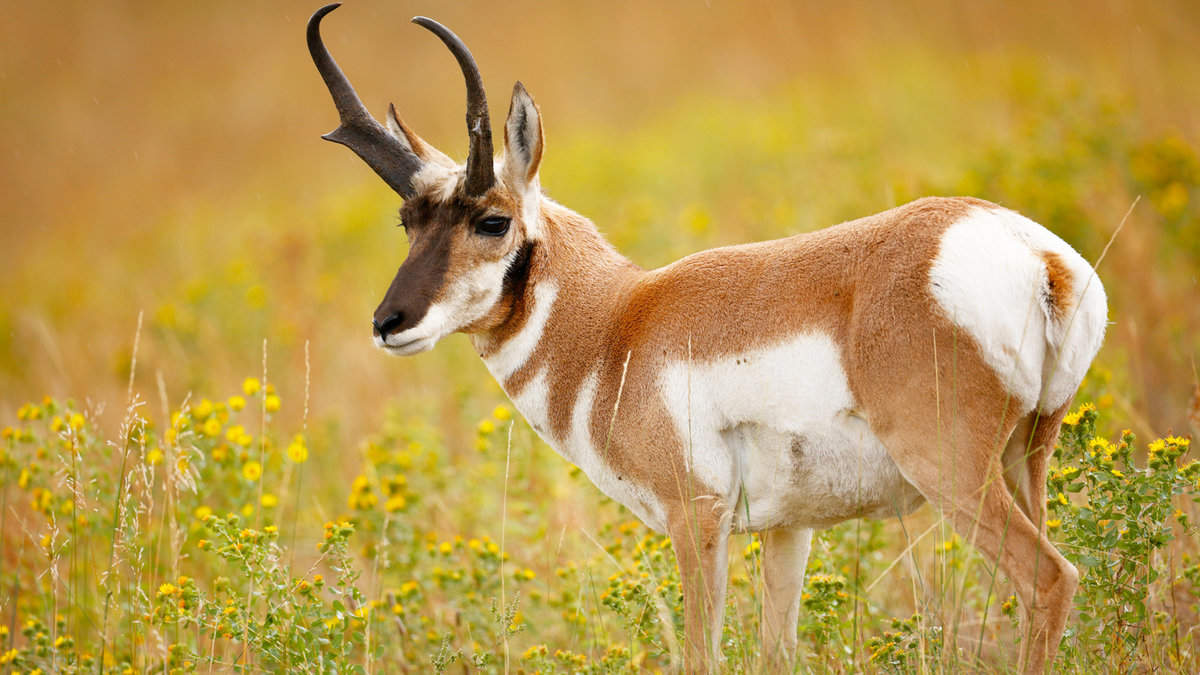
With a history of 20 million years, these creatures are exceptional sprinters, reaching speeds up to 50 mph. Yellowstone was home to about 500–600 pronghorns in 2022.
Their evolutionary journey has seen massive fluctuations, from an estimated population of 35 million before European settlement to facing challenges due to habitat changes and hunting.
For the best chances to see them, head to the Lamar Valley in the summer or between the North Entrance and Reese Creek during winter.
9. Beavers
Beavers play the essential role of ecosystem engineers in Yellowstone.
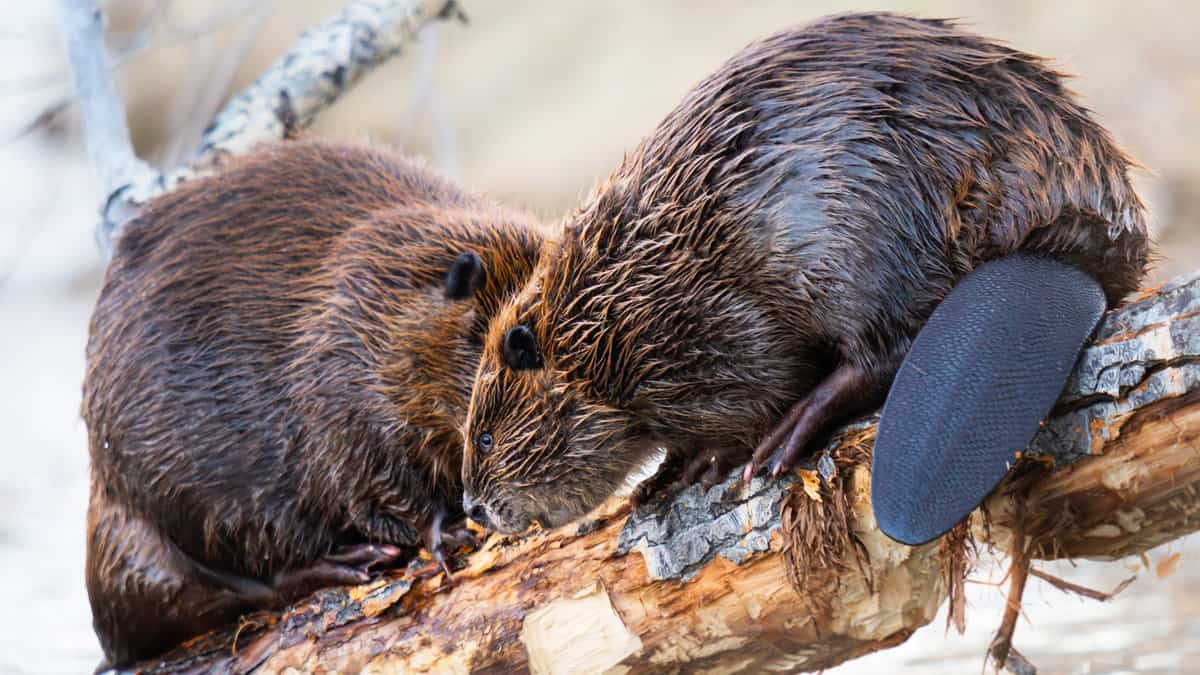
Damming streams and chopping down trees transform the landscape, creating habitats that benefit countless other species.
Their activities lead to the flourishing of willow and aspen, their favorite snacks. Recent estimates suggest about 108 beaver colonies existed in the park in 2021.
While they're primarily nocturnal, if you're patient and lucky, you might spot them in areas like Willow Park or Beaver Ponds, especially during the golden hours of dawn and dusk.
10. Bighorn Sheep
Last but certainly not least, the Bighorn Sheep. These iconic animals, named for the massive, spiraled horns of the males, are an impressive sight.
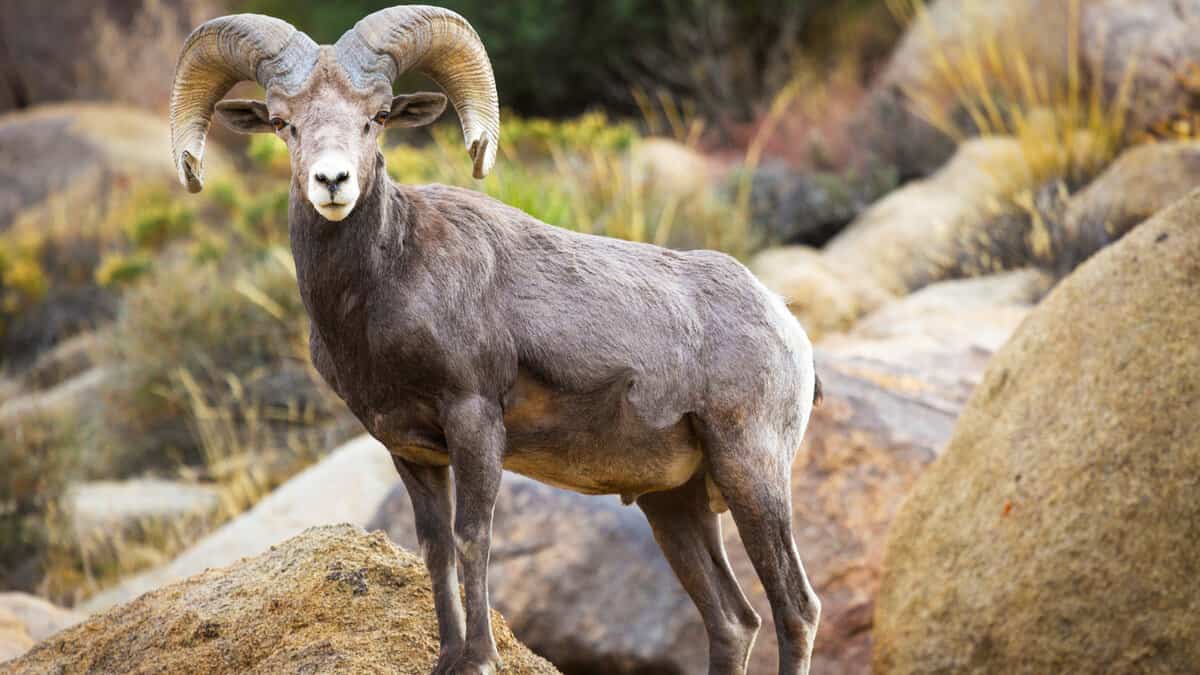
As of 2018, around 345 of these majestic creatures roamed the northern Yellowstone areas.
Bighorn sheep have a fascinating social structure, with horn size significantly determining dominance among males. If you're eager to catch a glimpse, try the slopes of Mount Washburn during the summer or the Gardner Canyon year-round.
Their resilience and adaptability, like so many of Yellowstone's inhabitants, speak to the magic and wonder of this cherished national park.
The Diverse Mammalian Ensemble of Yellowstone
While the mammals above often steal the spotlight due to their size, visibility, or roles in the ecosystem, Yellowstone is teeming with many other mammals, each essential in its own right.
From tiny shrews darting through the underbrush to agile bobcats stalking their prey, these creatures add depth to the park's biodiversity.
Some bats take to the skies at dusk, hunting insects with precision.
Squirrels and chipmunks animate the forest floors, often seen collecting food or playfully chasing each other.
Otters glide gracefully through Yellowstone's waterways, while martens and weasels can occasionally be spotted in wooded and open areas. The list is long and diverse, with each species playing a unique role in the intricate web of life.
Though it's impossible to detail every single one of the 67 mammals in a single article, understanding that such a rich tapestry of life exists within the park's borders underscores the importance of conservation.
Yellowstone isn't just a park; it's a sanctuary, a haven where nature unfolds in its purest form.
Mammals Invite You to Their Yellowstone Home
So, after reading all about Yellowstone's diverse array of mammals, don't you feel a little tug urging you to witness these marvels firsthand?
There's nothing like seeing a bison's powerful stride or hearing the distant call of a coyote under the vast Montana sky. While words can paint a picture, being there amidst the raw beauty and wild heartbeats is an experience like no other.
If you've never been, or even if you have, maybe it's time for another visit.
Because Yellowstone isn't just about sightseeing—it's about feeling, understanding, and connecting with the wild. Pack your bags, lace up those hiking boots, and join the story. The mammals of Yellowstone are waiting.
Discover more of Yellowstone's vibrant wildlife with these guides:
10 Lesser-Known Animals You Can Spot in Yellowstone
Where To See Wolves In Yellowstone: The Best Places to Spot Packs
